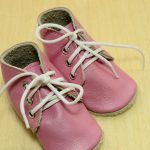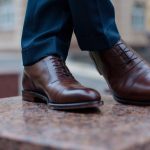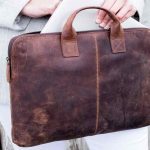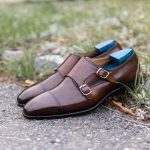how to protect leather shoes from cracking
What you will read in this article....
cracking leather shoes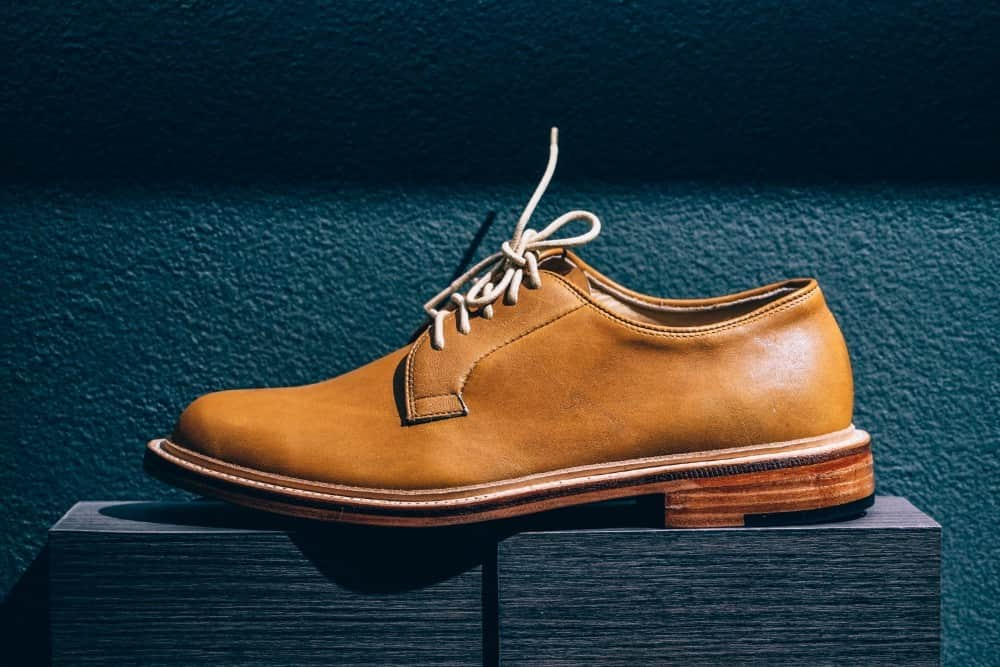
how to protect leather shoes from cracking
how to take care and protect your leather shoes and boots from some damages like cracking, requires knowing some tips
Taking care of leather shoes can seem like a difficult task, but leather is actually very resilient if it is treated with a little bit of TLC
In order to properly care for leather shoes, whether they are dress shoes, boots, or casual sneakers, there are really just two fundamental elements that need to be kept in mind: keep them clean and keep them dry
There are only a few easy measures that you need to take in order to significantly extend the life of your footwear
The best way to take care of your leather shoes is to follow these 6 steps

Don’t wear your shoes every day: Leather requires ventilation in the same way that your skin does
To avoid being stuck wearing the same pair of shoe day in and day out, you should always keep at least two different pairs of shoes in your regular rotation
Your feet perspire throughout the day (this is a fact), and the leather soaks up the moisture that your feet produce
Leather that has been exposed to moisture is more likely to experience stretching, scuffing, creases, and discoloration
By wearing them every other day, you allow them enough time to dry, which significantly increases the amount of time your footwear will last if it is properly cared for
Wash them after each and every use: After each wear, give your shoes a speedy clean using a shoe brush or a microfiber cloth, which you should keep nearby
This will prevent any dirt or grime from being ground into the leather over time, saving you the trouble of dealing with staining in the future
Place a shoe tree inside of your leather shoes before storing them
A shoe tree made of cedar or poplar is possibly THE most important component of shoe care, but it is also the step that is typically neglected the most
Because leather is permeable, it readily takes in both liquid and odor, which ultimately leads to its deterioration
Shoe trees have the ability to soak up excess moisture and odor while maintaining the correct shape of the shoe to prevent creases
Simply taking this one additional step will allow you to get far more use out of your shoes over your whole lifetime
Steer clear of unstable weather conditions
It should go without saying, but if it is at all possible, you should attempt to avoid walking over salt and snow-covered sidewalks in the winter, and you should also avoid wearing leather shoes in the rain if at all possible
Even shoes made of waterproof leather can get stains from water, and when they become wet, leather soles are more susceptible to damage from abrasive surfaces like concrete
Put on a pair of galoshes to protect your shoes from the elements if you are aware that you will be required to wear them in wet or snowy conditions
In point of fact, we strongly advise keeping a pair of Swims both in your house and in your vehicle at all times

If it does happen that your shoes get wet, resist the temptation to try to dry them next to a radiator or window
The leather is susceptible to damage from heat and sunlight, which can cause it to split
Simply set them on a shoe tree and allow them to air out on their own for a couple of days
Give them a polish once every six years: In the same way that you don’t want your leather to become too wet, you also don’t want it to dry out too much because that might cause it to fracture
We are aware
It’s unreliable
Shoe polish should be applied approximately once every six times you wear a pair of shoes in order to maintain a healthy balance
Shoe polish adds a layer of protection that keeps dirt and moisture at bay while also helping the leather retain its natural moisture
It also brings back the original color and covers up any scratches or flaws
You only need to determine whether you want to use wax or cream polish (or both)
The cream leaves a more natural finish than wax does, in addition to being more hydrating for the skin
Wax polish provides somewhat enhanced protection and a higher level of a shine than regular polish, but it also has the potential to be more drying
Although we recommend beginning with cream and concluding with wax, the choice is ultimately up to you depending on the finish that you want to achieve
Using a microfiber cloth, apply the polish in a circular motion to the shoes that have been cleaned
If you really want to go above and beyond, you can use a brush made of pig’s hair to push the product in even more thoroughly
To complete the process, rub the shoe using a polishing glove and/or brush to restore its shine
When the shoes are not being worn, place them in a dust bag
The dust has the potential to penetrate leather shoes over time, which can result in staining and deterioration of the material
If you aren’t going to be wearing your shoes very often, you should store them in a fabric dust bag to protect them while also providing them the ability to breathe
There are undoubtedly other actions you can take to extend the life of your shoes, such as treating the leather with leather conditioner or bringing them to a cobbler to have them rejuvenated, but these six easy measures will handle the majority of the heavy lifting for you
If you take the time to properly care for your shoes, you could be amazed at how much longer they endure

cracking leather shoes
Cracks will start to appear in leather shoes if they are allowed to dry out
Even though cracking can’t be repaired in the normal way because the damage can’t be undone, the leather can be reconditioned
Before attempting to cure a crack, make sure that the shoes have been well cleaned and that as much debris as possible has been removed from them
After that, you should use a leather filler to assist in hiding the cracks
Utilize leather conditioners and other solutions in order to maintain the appropriate level of moisture in your shoes
Cracks can be successfully filled in and new ones can be avoided entirely with the right amount of attention and care
Remove with a brush any signs of mold or mildew that you find on the shoes
Any green stains that you find on the shoes are going to make it extremely difficult for you to fix them
It is important to remove the shoes immediately and leave them outdoors in order to avoid mold or mildew spores from entering your home
Then, using a brush with soft bristles or a dry towel, scrape the areas until they are gone
If you’re having trouble removing the green spots, try soaking the brush or cloth in a tiny bit of warm water first
This should help
If you want to prevent the spread of mold spores, you should consider tossing away the brush or towel after you use it
An old toothbrush can be repurposed into a useful tool for cleansing
When you are finished, you are free to get rid of it
In addition, check the storage room for any signs of mold or mildew
In many cases, the spores will proliferate in places of storage that are warm or humid
To eliminate the spores, bleach diluted in water can be used
Use a brush or a cloth that is moist to remove as much of the filth as you can
Make use of cotton cloth, a cloth made of microfiber, or a good scrub brush
Warm some water and very lightly dampen your scrubber with it
After that, wipe the entire shoe, beginning at the top and working your way down, eliminating as much visible grime as you can
Repeat this process with the other shoe in order to give it a little cleaning and to get it

Check to see that the brush or cloth is not soaking with water
Leather is not designed to be submerged in liquid in any way
It won’t hurt at all, and the cleanser you use after that will benefit from the light layer
Applying a leather cleaning in a uniform layer across both shoes is recommended
Although saddle soap is frequently used, there are a variety of other cleansers available to choose from
Saddle soap is a regular choice for recovering damaged leather
Scrub the shoes in a circular motion using either a shoe dauber or a cotton cloth that has been dipped into the soap
Keep an eye out for a lightening of the leather’s color as the filth and moisture are drawn out by the lather
Scrub the shoes until the leather has the consistency of dry sandpaper and is pliable
Because lye is damaging to leather shoes, you should steer clear of cleansers that contain significant levels of lye
Instead, you should either make your own or purchase a product that is designed exclusively for shoes
There is a wide selection of leather treatment products, including soap, that can be purchased online
In addition, examine the general store, home improvement store, and any shop that specialized in leather items that are located near you
Investing in a leather care package is still another alternative
A quality kit will provide you with practically everything you would require, such as a cleanser, conditioner, filler, and various applicators
Use a dry, clean towel to buff the leather until it is completely dry
To remove the filth, cleanser, and water as quickly as possible, use different cotton or microfiber cloth
Buff the leather in a circular motion until the completion of both pairs of shoes has been cleaned
Pay close attention to the cracks in the pavement
Scrub those areas with a little bit more force than usual to make certain that any dirt that may be hiding in the cracks is removed
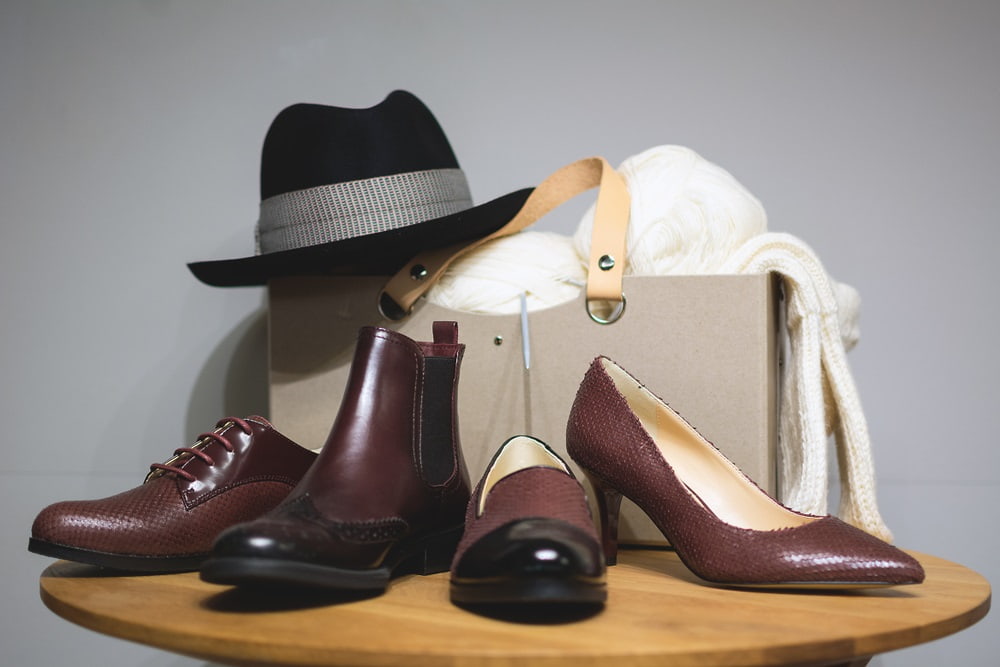
One further choice is to let the cleaner dry out completely overnight
Using saddle soap in this manner is perfectly safe, but before using any additional items, be sure to consult the manufacturer’s guidelines
Drying your shoes by hand is the better option if they still have some dirt on them or if you intend to work on them right away
To prevent the shoes from losing their shape, stuff them with newspaper or rags
Make balls out of the crumpled newspaper or roll the rags into logs
The shoes should be completely stuffed, with as little empty space as possible remaining inside
The shape of the shoes can be preserved while you work on them if you stuff them
Additionally, any moisture that may have leaked inside might be absorbed by the newspaper or towels
Think about stuffing the shoes when you’re not going to be using them, especially if you’re going to be putting them away in storage
In order to rehydrate the leather, apply mink oil or another type of moisturizer
Since mink oil is solid, the only thing you actually need except your fingertips to apply it is something to rub it in
The vast majority of other moisturizers come in liquid form and must be applied with a special brush or a piece of cotton cloth
Applying the moisturizer to the cracks should be the initial step
In order to rehydrate the cracks and make them less severe, it is necessary to apply the moisturizer from the bottom up
It is helpful to heat the leather just a little bit before applying oil to it
You can do this using a hair dryer or a space heater
Because using soap to clean leather causes the material to dry out, you should immediately rehydrate both pairs of shoes
Pay attention to the cracks, but don’t ignore the other parts of the car
However, some people find that bottled moisturizers stay longer and provide greater protection than mink oil does, despite the fact that mink oil is a suitable fit for leather
Beeswax and various other natural oils are frequently used in the production of these goods
You can purchase moisturizers over the internet, at general stores, or at clothing stores that specialize in leather goods






